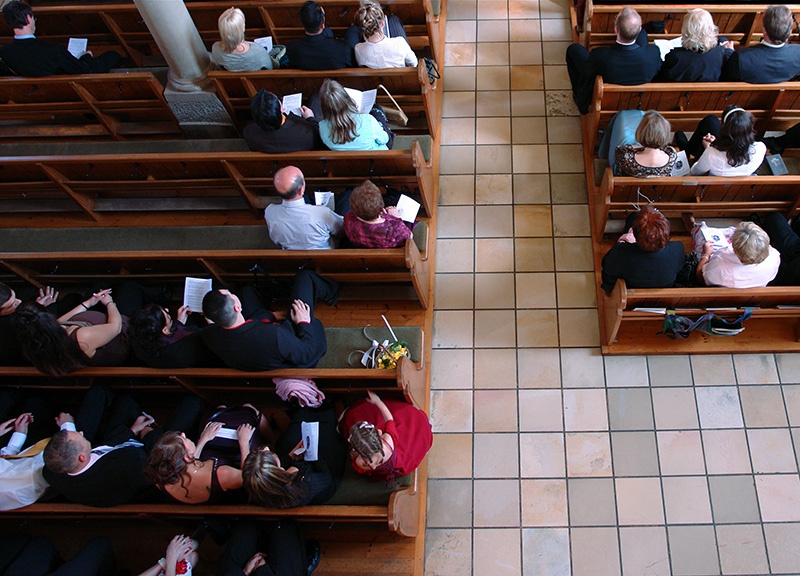 We are in an era when change is a constant, and the reasons for nurturing an active spirit of progress, whether we’re talking about technology, programs, services or any other aspect of the church, are more numerous every year.
We are in an era when change is a constant, and the reasons for nurturing an active spirit of progress, whether we’re talking about technology, programs, services or any other aspect of the church, are more numerous every year.
For many, the church is more than something on their Sunday morning schedules — it’s a source of influence. Chances are good that you have deeper and more regular interactions and a more tangible impact on your congregation than most or all of the other causes and organizations they support with their time, talent and treasure. It positions you as a standard-bearer for belief systems — but also as a change agent. How you and your staff embrace change can shape how your congregants engage with the church and their faith experience.
The modern change mindset
Think of change like a heartbeat — it has to be consistent, regular and purposeful to keep the body of the church vital. It takes confidence, vision and ability to communicate a clear message about why the congregation should embrace new ways of doing things. As articles like Adapt or Die intimate, change must be a mindset and a constant for churches if they’re going to build resilience. This is especially true in light of demographic and economic shifts that shape how people determine what to give or where to worship.
More people move between churches every year, according to an article in Christianity Today. In 1955, 4% of people moved away from the church of their parents. In 1980, it was 30%. In 2008, it reached 50%. As is often the case with trends, the significance of this statistic exists behind the action.
Change is at the heart of why people choose, stay or leave a congregation. At its simplest, this is a “push and pull” argument. For some, instituting new ways of doing things is enough to push them to find a church home that remains entrenched in traditional ways. For others, if new opportunities to deepen their faith aren’t offered, they will be pulled to a new church home where progress is evident.
It’s a reality that demands a careful balancing act between engaging the “right” innovations and communicating them in a way that builds excitement (or at least acceptance) among members.
What a change mindset means for (and to) your staff
This challenge falls squarely into the hands of your lay and ministerial staff. They may be charged with identifying new resources, integrating new processes or even being personally transparent and willing to lead by example for members or visitors striving to find meaning and observing how the church functions. For staff, keeping a finger on the pulse of new ways to engage and encourage the congregation takes vigilance — in how they discuss and implement anything new, and in noting how well changes are received.
Instituting a change mindset within the church and nurturing adoption takes a structured approach and innate sense that everyone is in this together. In our next post, we’ll provide a few actionable steps to encourage that kind of buy-in among all those in your church community.

Post A Comment